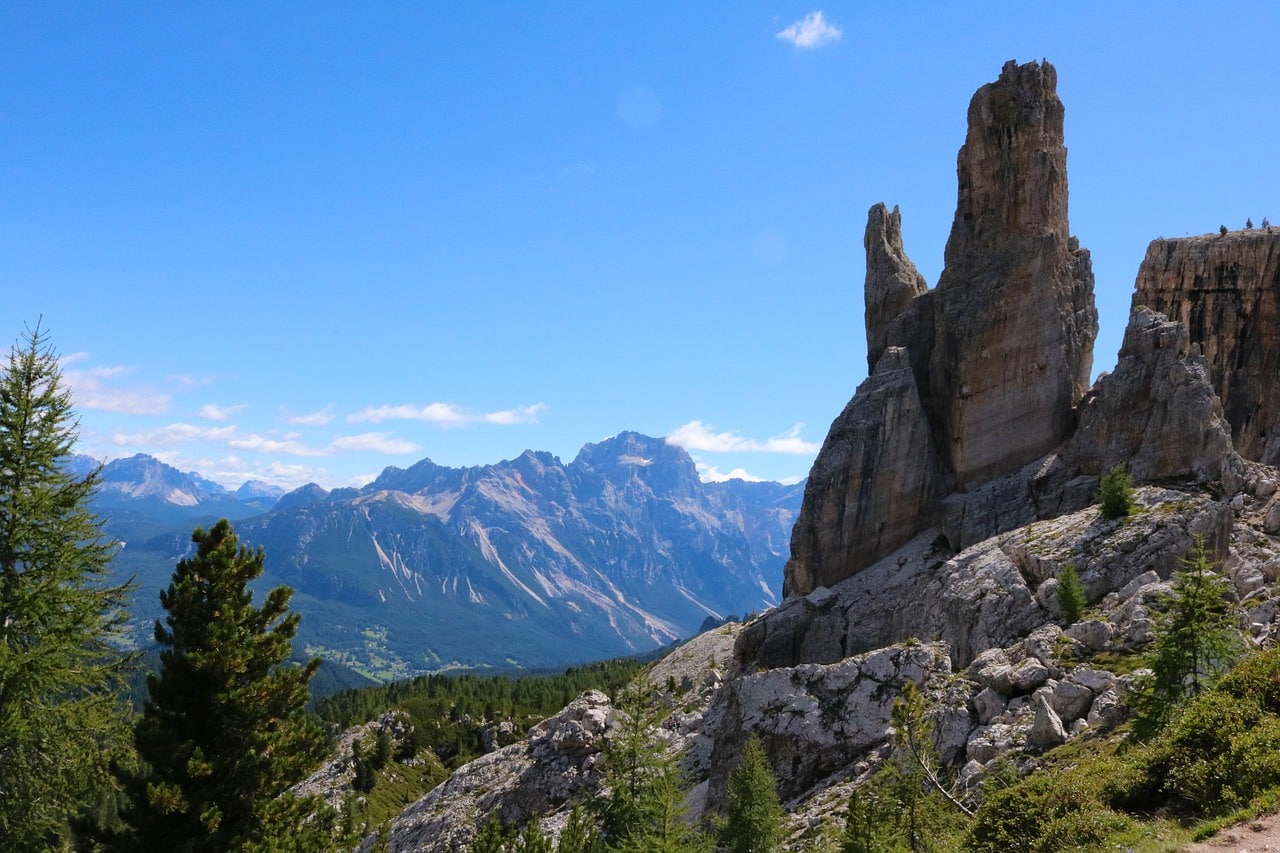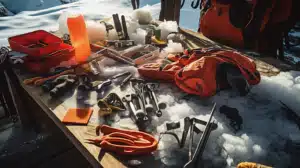As an expert rock climbing guide with over 15 years of experience leading beginner climbing excursions across Europe, I’m delighted to provide this comprehensive guide to the best Europe rock climbing destinations for those just starting out with rock climbing.
After seeing hundreds of first-time climbers gain confidence on the rock faces of Europe, I feel fully qualified to discuss the unique advantages different locations offer. Through my time working across various European hotspots, from the peaks of the Dolomites to the cliffs of Calanques in France, I’ve personally vetted locations for their beginner-friendliness.
Whether it’s the bolted limestone sport climbs of Arco, Italy or the volcanic basalts of Tamadaba in Gran Canaria perfect for practice runs, Europe presents loads of variety for the budding rock climber. I’ll leverage my extensive experience guiding and supporting novice climbers to provide tips and recommendations guaranteed to equip your first forays into the exciting sport of rock climbing.
We’ll cover everything in this Europe rock climbing destinations list. From ideal destinations like Paklenica National Park offering sublime limestone climbing, to must-know tricks for overcoming early mental blocks. I aim to help set you firmly on the path towards confident climbing with insights into choosing the right instructors, key gear considerations, and where to best revel in those hard-earned summit views.
As the leading expert voice for newcomer climbers in Europe, I can’t wait to impart my knowledge and passion, so you progress smoothly towards intermediate skill levels. So lace up those climbing shoes and let’s get started! The Europe rock climbing destinations comprehensive guide will cover all you need to know to start rock climbing in Europe’s most friendly, picturesque destinations for beginner climbers.
Table of Contents
ToggleGran Canaria, Spain
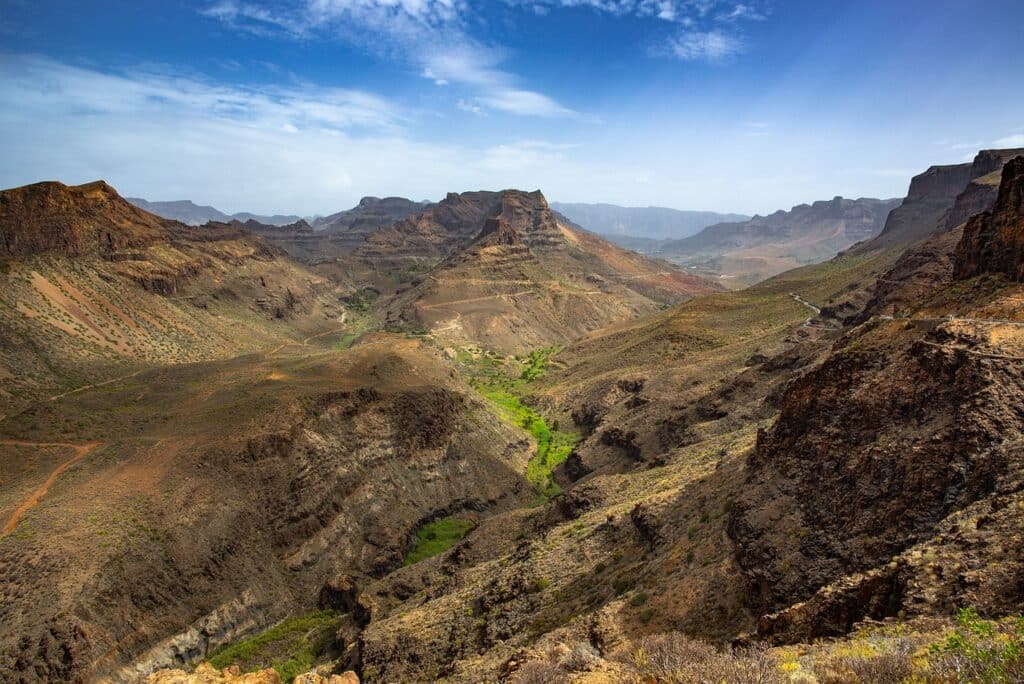
On our first stop in the Europe rock climbing destinations list, Gran Canaria is a fantastic place for new climbers to escape unpredictable weather and enjoy outdoor training any time. The island offers a spectrum of climbing areas tailored for varying skill levels. For raw beginners still working on core techniques, head to the basalt cliffsides of Tamadaba Nature Reserve. Here the volcanic rock has eroded into a perfect training ground for getting to grips with face climbing, cracks, and boulders ideal for repeating basic moves. With so many easy routes featuring big, positive holds across slabby vertical terrain, you’ll dial in effective climbing habits. This is easily my #1 spot on the Top 7 Europe Rock Climbing Destinations list.
Arco, Italy
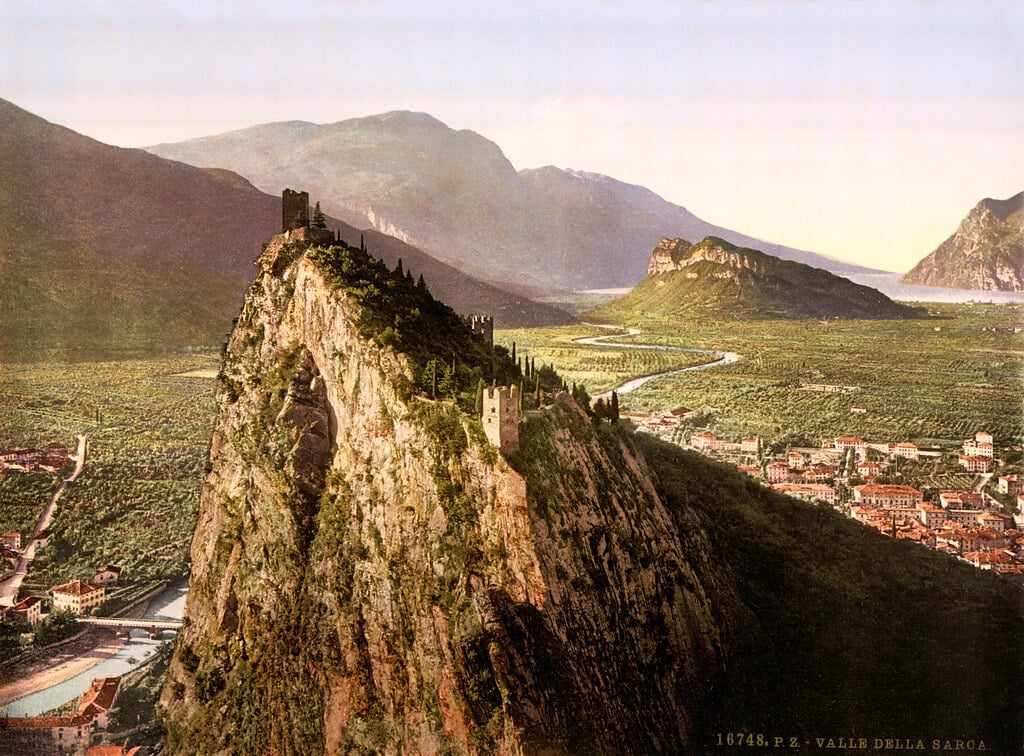
Hailed as one of Europe rock climbing destinations premiere for sport enthusiasts. Arco in northern Italy unveils over 1,000 spectacular limestone routes outfitted to cater to climbers of all abilities. From simple single pitch affairs to multi-pitch endeavors up breathtaking 500-meter cliff bands, there are options aplenty here for novice climbers. Nearly all routes feature bolted protection for added safety. Top-rope and lead climbing is hugely accessible for anyone wanting guided instruction. With world-renowned climbing schools like Arco Rock Star and Arrampicata Sportiva on hand to mentor your climbing journey, you’ll quickly advance under experienced tutelage.
Peak District, England
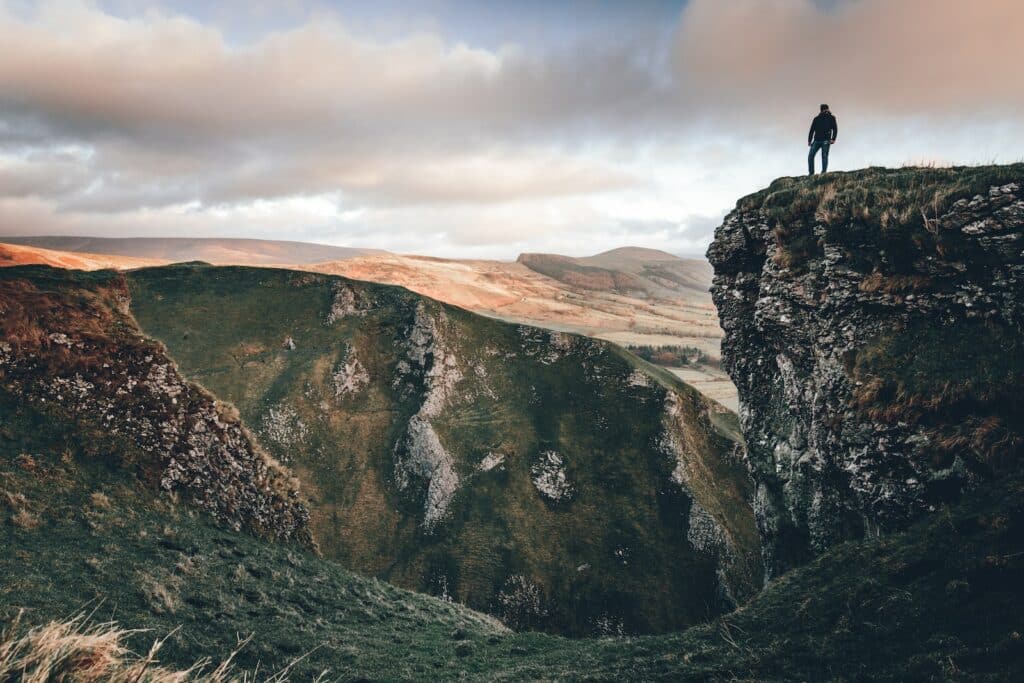
In Britain’s first national park, the Peak District serves up gorgeous gritstone edges and crags perfect for easy lead climbs and bouldering sessions. Kinder Scout, Stanage Edge and Froggatt Edge tempt with quality rock ideal for new leaders starting out. The indie mountaineering shops scattered throughout the villages offer rental gear and professional lessons from qualified instructors. Light winds and cool temperatures also make the Peak District suitable for climbing nearly year-round. With ample designated camping zones dotting the park, you can turn your visit into an affordable multi-day outdoor extravaganza while mastering the basics among England’s welcoming climbing community.
Beyond the usual hotspots, there are even more Europe rock climbing destinations that are world-class and nurture your beginner climbing skills.
Kalymnos, Greece
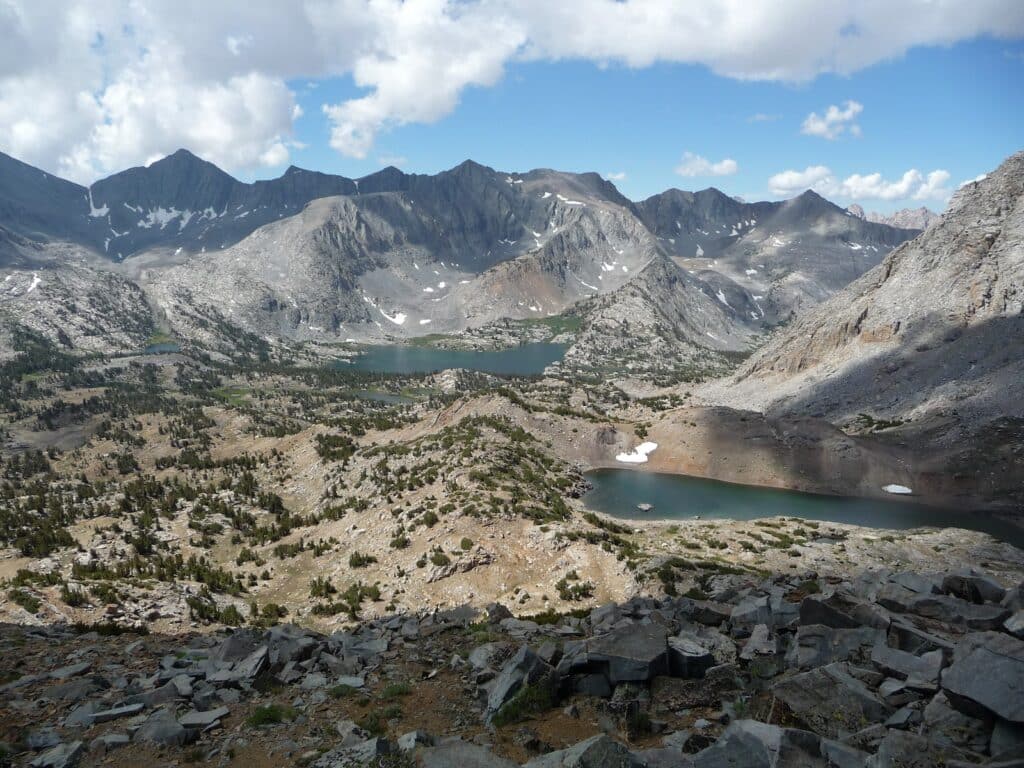
With its spectacular sea vistas, Kalymnos Island harbors over 1,500 incredibly high-quality sport climbing routes etched up seaside limestone cliffs. Thanks to the prevalence of tufas and pocketed crimps in the unique rock composition, Kalymnos offers newcomers an excellent school for mastering finger strength and accuracy. The island’s laidback vibes foster a welcoming atmosphere amid the growing climbing scene. In recent years better bolting and anchors continue to make previously dangerous multi-pitch lines more secure for novice climbers. It is one of those Europe rock climbing destinations every adventurer should see in their lifetime!
Frankenjura, Germany
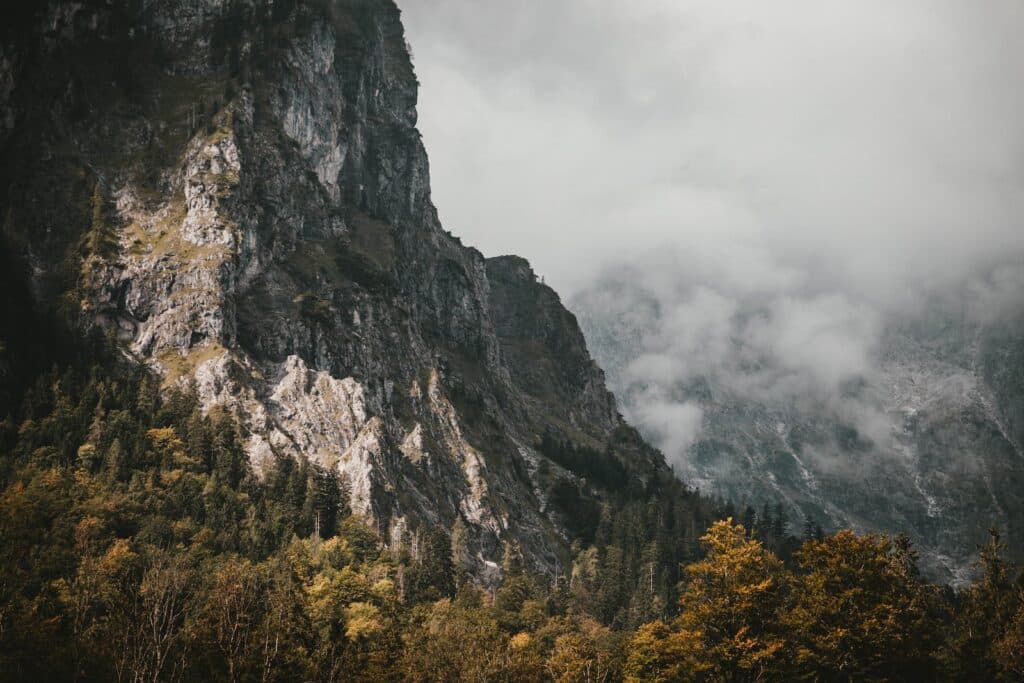
Frankenjura’s forested slopes and valleys hide over 10,000 established climbing routes — the highest density found anywhere in the world. The majority occur on prominent limestone cliffs etched with formations perfect for beginner and intermediate climbing. Each route is clearly labeled according to its level of difficulty and style. This takes the guesswork out of choosing appropriate terrain to match one’s current ability. Most lines are now bolt-protected sport climbs, letting you focus on the moves rather than gear placement. Longer routes may still feature sections of unprotected slab. But with some prior coaching, this stop in our top 7 Europe rock climbing destinations makes for an ideal proving ground to confirm your mastery of friction slab technique.
Paklenica National Park, Croatia
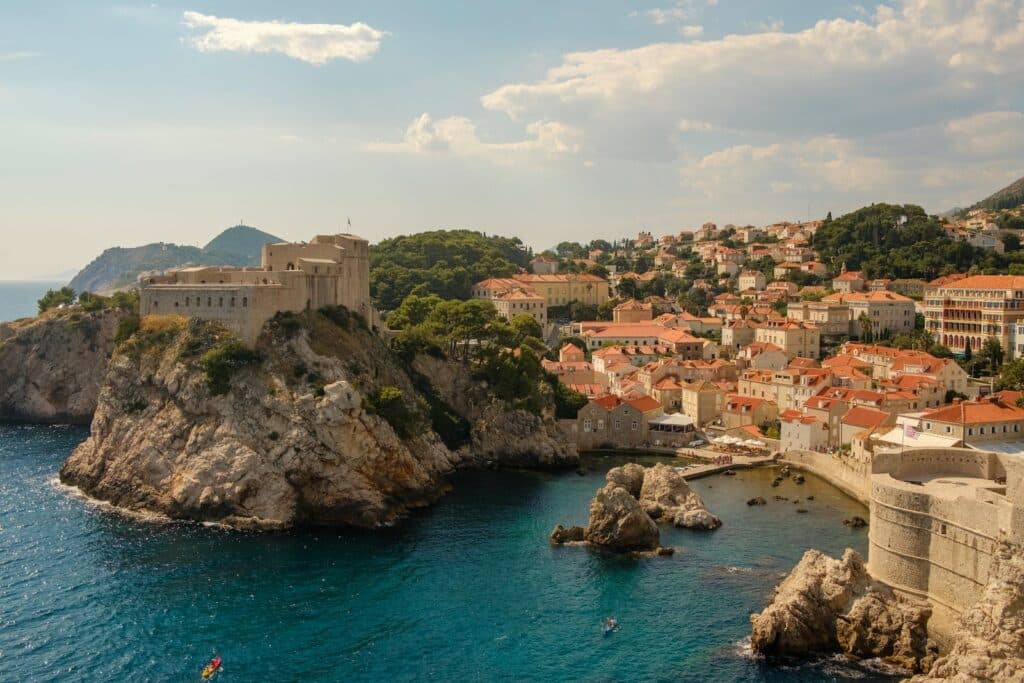
In one of our next Europe rock climbing destinations, nestled within lush beech and pine forests near the Adriatic Sea, two awesome limestone gorges split this national park, creating a true climbing paradise. Hundreds of routes range from introductory classes teaching movement basics on low-angle slab to imposing vertical ascents up overhanging walls. The prime climbing season runs March to November, with excellent accommodations and amenities stationed right in the park. Paklenica’s unique appeals have turned it into a world-famous climbing destination. But there remain plenty of unsung quality lines perfect for newer leaders looking to become accustomed to run-out grades and practicing mental control.
Majorca, Spain
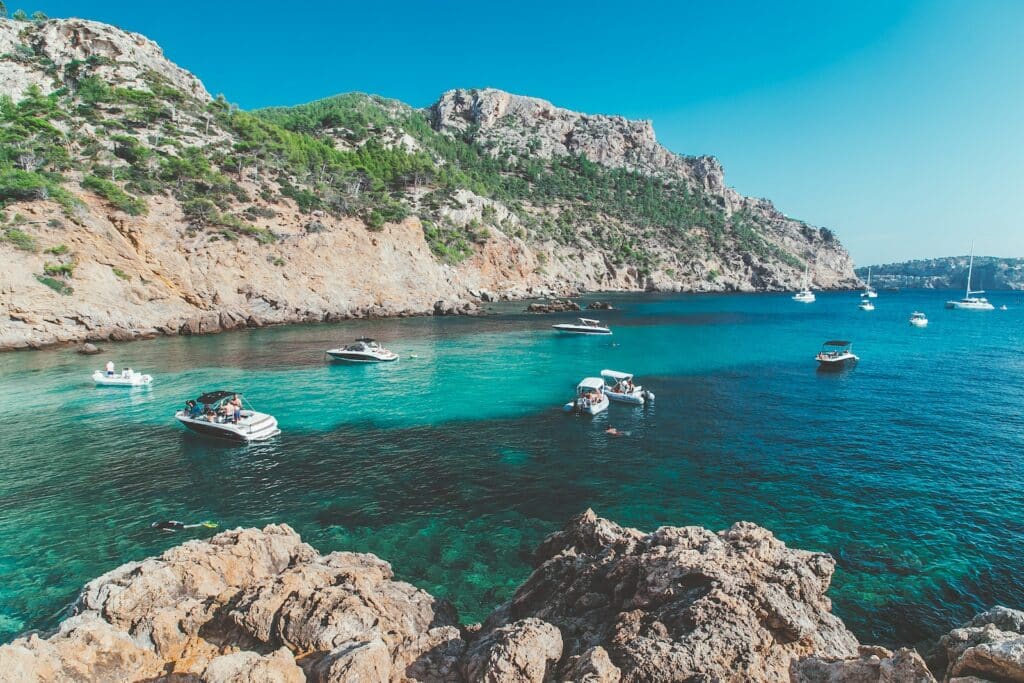
Majorca has rightfully earned its place as Spain’s sport climbing hub. Along its stunning shoreline, metallic limestone cliffs drop precipitously into the Balearic Sea, imbuing an air of adventure to every climb. While extremely demanding expert-level routes do exist, many stellar crags offer beginner lines too. At less frequented coves like Cala Barques, west-facing walls receive sun nearly year-round and make for ideal winter sport climbing venues catered towards precisely this. Dozens of professional guide services will happily show new climbers the ropes across Mallorca’s incredible variety. Taking advantage ensures you start out with proper safety knowledge.
Finding the Right Guide/Instructor
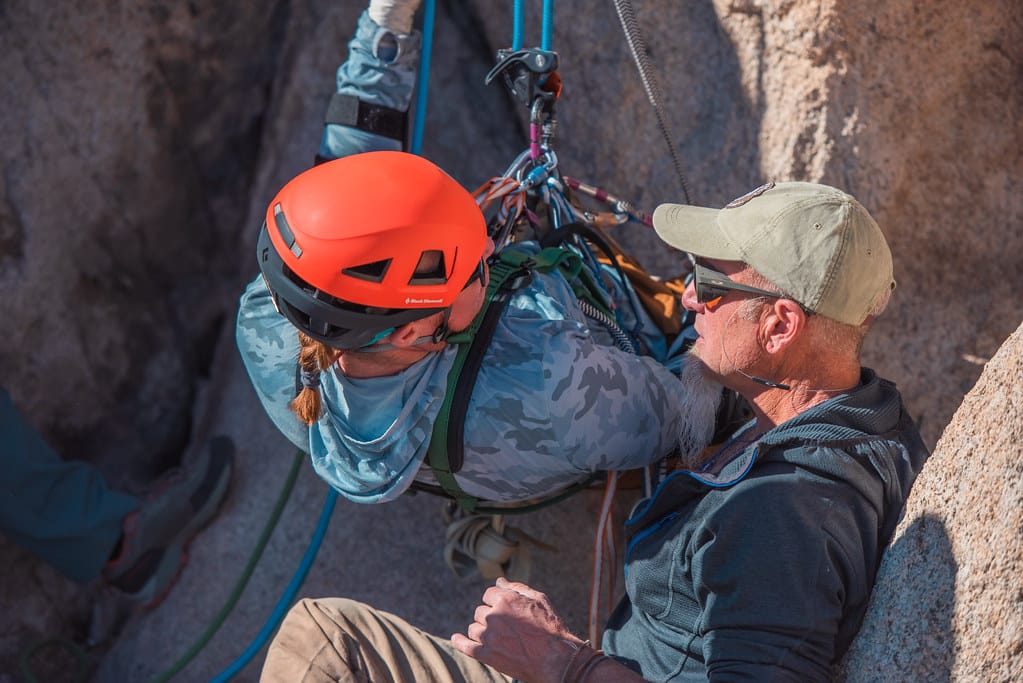
Having an experienced mentor is invaluable when learning proper climbing technique, anchor building, rope management and safety protocols. Seek out guides accredited by certification bodies like the AMGA who emphasize low client-to-guide ratios for personalized coaching tailored to your current abilities and desired learning outcomes. Check sites like MountainProject.com for instructor reviews. Top schools located right in European climbing areas like Arco Rock Star also employ great coaches.
Renting vs Buying Gear
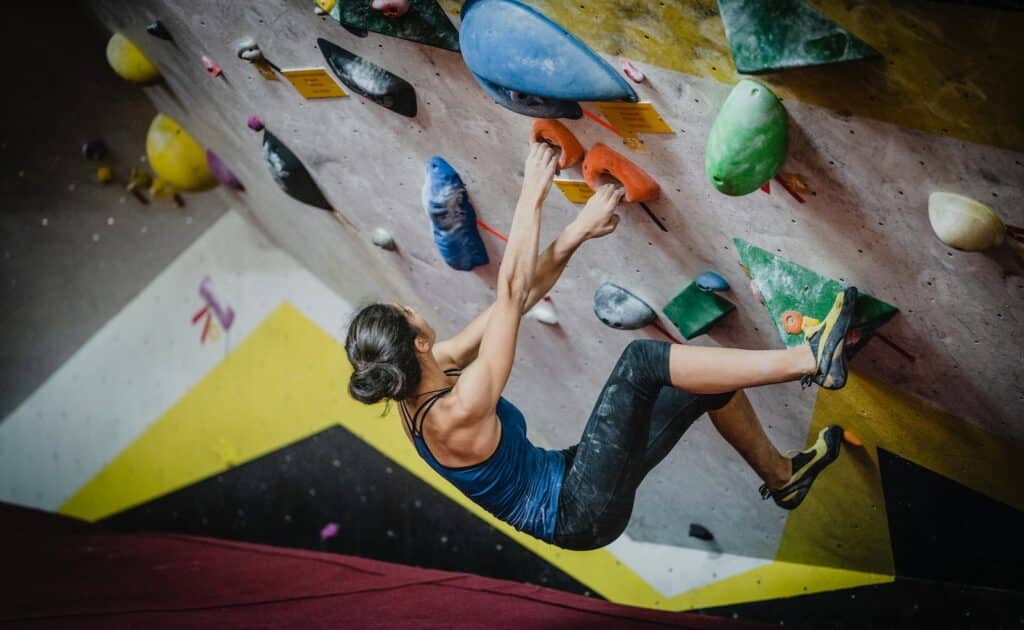
When just dipping your toes into rock climbing, renting equipment for your first few sessions makes the most financial sense and offers flexibility. Indoor gyms and guided services outfit you fully without needing huge upfront investments. Once you decide climbing is for you, purchasing a properly fitted harness, helmet and belay device ensures full safety and comfort. Go for rentals on pricier items like ropes.
Easy First Climb Recommendations
As a novice, choose single pitch sport climbs ranging from 5.6 to 5.9 YDS difficulty. In the gym, smoothly complete at least a few V1 boulder problems before venturing outside. Seek routes with large, positive holds you can grip securely without full finger strength built up yet. Expect to spend lots of time rubbernecking the moves and resting on the wall as you hone efficient technique.
Overcoming Mental Blocks
Self-doubt and fear of falling plague every novice climber, including the pros! Lean on your belayer’s securing rope and harness to fully trust the systems in place keep you safe. Breathing exercises while dangling can help relax mounting anxiety. Remind yourself every attempt makes you stronger as you determinely work through the crux again and again. Soon enough the holds won’t seem so slippery, sequences become ingrained muscle memory and you’ll stand triumphant atop your first climb!
Final Thoughts
After detailing some of Europe’s foremost climbing meccas for beginners in our Top 7 Europe Rock Climbing Destinations list, I hope your psyche is firing towards getting on the rock! From world-famous crags like Kalymnos and Frankenjura to understated wildcards like Croatian limestone, European destinations offer boundless variety for every ability level. Year-round mild temps, quality bolted lines and an atmosphere steeped in climbing history rightfully make Europe prime territory for nurturing fundamental skills.
Under the mentorship of qualified guides, Europe’s cliffs and peaks make the perfect classroom. You’ll swiftly unlock proper movement patterns and courage in the vertical realm while safely pushing new limits. As technique clicks into place, once bewildering walls transform into delightful jungle gyms ready to play on. Before you know it, you’ll be part of a storied lineage of climbers exploring Europe’s heights for generations past and those still to come.
So don’t hesitate any longer – book those tickets and climbing packages today! Lace up your first pair of tight shoes, lean back to admire steep pitches foreboding and grand, and set forth on the lifetime pursuit of mastering stone and self. Your new hobby awaits filled with fun, friendships and endless memories made chasing the vertical Europe rock climbing destinations and beyond!
What are some of the best europe rock climbing destinations to start climbing?
Some of the best Europe rock climbing destinations for beginner climbers include Spain’s Gran Canaria with its year-round mild climate and variety of climbing areas suited for different skill levels. Arco, Italy is considered one of Europe’s top sport climbing spots with hundreds of bolted routes up limestone cliffs. England’s Peak District has great bouldering and easy lead climbs on gritstone edges and crags.
For climbing in Arco, Italy, what lodging and dining options are there? How’s best for beginners to reach the area?
Popular lodging choices close to Arco’s climbing for beginners include B&Bs like La Corte with rooms from €50/night. Arco also has affordable Airbnb apartments in town. For hotels, the 4-star Hotel alla Grande serves excellent breakfasts. Top-rated restaurants downtown like La Terrazza offer post-climbing carb reloading! Reaching Arco is easiest by flying into Verona or Venice airports and then catching the A22 motorway. Having your own transport is best but limited buses run too.
What’s the rock climbing culture and etiquette beginners should observe while in Spain?
Regardless which incredible Spanish crag you climb at like Leonidio, El Chorro or Villanueva del Rosario, be sure to respect rigging and route “maintenance” done by locals. Never climb over fixed ropes signaling a route is being worked on or cleaned. Ask before adding newer quickdraws or bolts too. Locals tend to take long relaxed lunches so wait until afternoon before expecting crowded crags to clear. Lastly brush tick marks off holds after sending your project! ¡Buena suerte!
For beginner climbers visiting England’s Peak District, where should they stay and eat? How to get around?
The towns of Castleton and Hathersage make great bases to explore Peak District climbing spots like Staden Quarry or Lawrencefield. Local pubs like The George & Dragon offer post-climbing beers and grub. For lodging, cottages or B&Bs like The Stone Yard start around £70/night. Having your own car is essential for the Peaks but trains from Manchester or Sheffield followed by buses work too! Don’t be afraid to ask fellow climbing “mates” for belays or rideshares to the gritstone crags either!
In Kalymnos, Greece, what’s the easiest way to reach the island? And where should novice climbers stay?
Easiest way to Kalymnos is flying into nearby Kos International Airport and then catching a short 30-minute ferry. No need for cars on Kalymnos! Best lodging for beginners on smaller budgets are local studios like Vouliagmeni Suites or Ivos Studios starting €35/night during low season. Luxury climbers should checkout Grande Blue boutique hotel. For food, soak up sunset views while enjoying moussaka or grilled octopus at Gera Kantina restaurant after sending newbie routes at Sikati Cave crag!
When it comes to Slovenian climbing etiquette, what should newcomers know before visiting Škocjan cave?
Spooky Škocjan cave hosts excellent beginner friendly climbs but has unique etiquette rules. Before rigging anchors, ask permission from on-site administrators first. To conserve the sensitive cave ecosystem, brush tick marks off walls post climb using eco-friendly chalk. Lastly, no dogs allowed inside the cave so if road tripping through Slovenia with pets, leave them safely in your vehicle or find a dog hotel. Don’t forget a good headlamp and sweater too for staying warm post climbing while marveling at the incredible karstic cave formations too!

